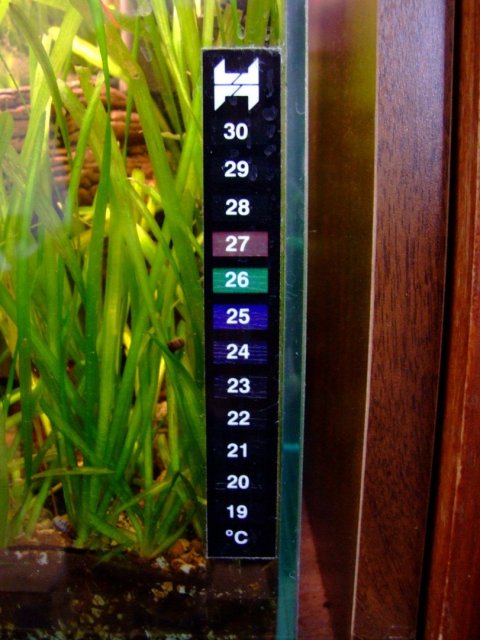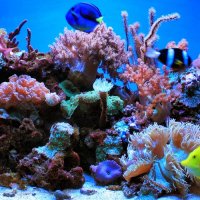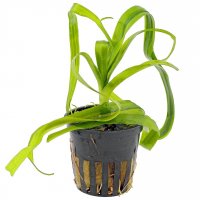Aquarium techniques
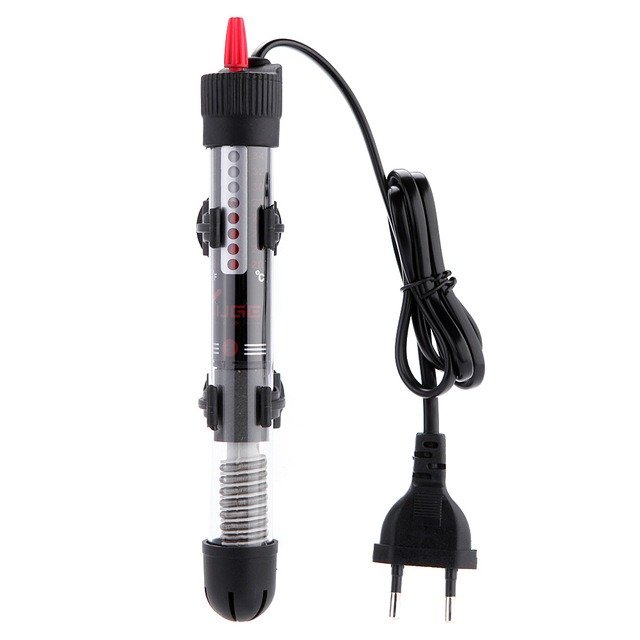
This article is dedicated to the techniques. We will talk about the various accessories for our aquarium. The topics will be treated in a simple but sufficiently exhaustive way.
The heater
Our fish, like reptiles, are heterothermal animals, which, unlike mammals, are unable to produce heat and their body temperature corresponds to that of water.
It is therefore necessary to maintain a temperature equal to the water in which the species is distributed.
In reality, the thermal requirements of almost all the species we breed are quite flexible, but we can not expect to go beyond a certain temperature range without incurring in problems.
For your information, a change of the water temperature of more than three degrees in an hour can cause the development of a disease called ictio, a very boring parasite to eradicate.
Taking into account the adaptability of the various species, we will indicate 25 ° C as the ideal average temperature for a community aquarium, so for fishes coming from all areas of the world.
On the market are available heaters with different powers, which are expressed in Watts, ranging from 35 W to up to 300 W.
How many Watts should the heater have for our aquarium ?
A common rule is to calculate 1 Watt for each liter of the aquarium net capacity. For example a 150-liter aquarium, it will be heated by a 150 W thermal heater.
We must also consider the temperature of the environment where the aquarium is located. With ambient temperatures below 20 °C, we will have to consider 30% more, for example our 150 liter aquarium kept in an environment with a temperature of 18 ° C. We will put a heater of
150 W + 30% = 195 W, so a 200 W heater will be fine.
These rules apply to both freshwater and marine aquariums.
The heaters are adjustable by means of a thermostat built into the glass tube that is tin and therefore submersible.
On the market there are two generations of heaters available: lamellar and electronic.
The lamellar thermostat uses a plate made of two different metals with two different expansion coefficients. Depending on the temperature the internal contacts open or close, keeping the water in the tank at the set temperature.
The electronic thermostat are instead equipped with a real mini computer with a built-in probe, all inside the glass bulb. Electronic thermostat no longer have mechanical contacts.
The advantages of the electronic thermostat are, as always, many: no sparks, no radio-waves emission, very high precision in the regulation and maintenance of the temperature, high durability.
There are also heating systems called heating cables: it is a cable of different length and different Wattage, which must be installed to the bottom of the aquarium and then covered by the bottom material. A submerged thermostat and a submerged probe will also provide temperature regulation that we will set.
These systems should be used both in addition to the classic heater and alone and are only used in freshwater tanks.
The advantage of a heating cable is to create a groundwater table from the bottom up, keeping the "feet" of our plants warm.
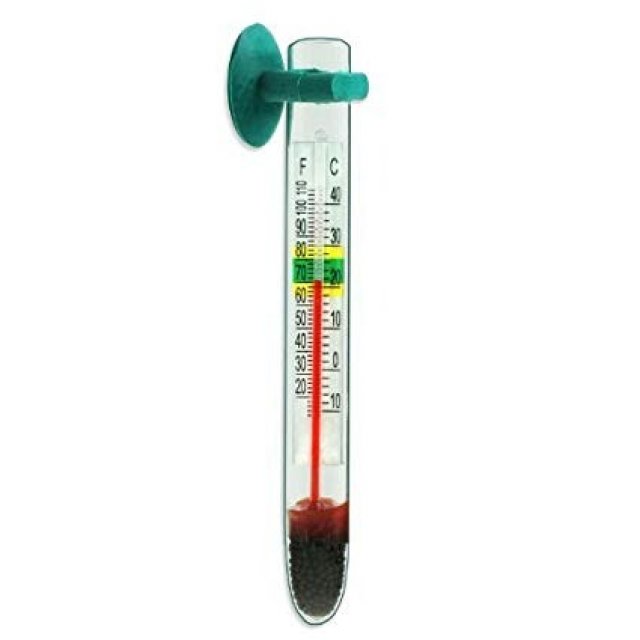
The thermometer
To control the water temperature, the aquarium is equipped with an easy-to-read thermometer, to be placed in a well-visible place in the tank.
Most of the thermometers for the aquarium are made with glass, with a graduated scale, an alcohol column and a lead ballast, to hold it vertically when immersed.
Other types of thermometers are digital. They are normally stickers attached to the out side of the aquarium.
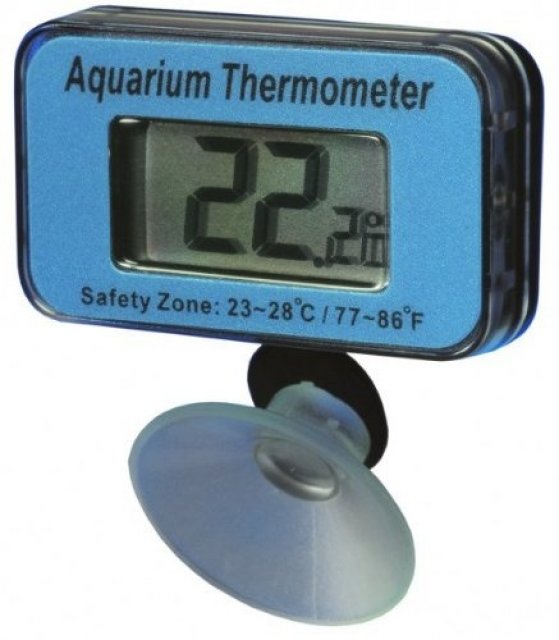
A digital thermometer is a thin strip of plastic material that, taking advantage of the coloring of the crystals according to the temperature, shows the value corresponding to the gradation of the aquarium.
The electronics also enter this use-case. There are very sensitive thermometers, equipped with a probe to be applied inside the liquids, (in our case the water of the aquarium) and a display screen that allows a perfect vision at a stroke an eye.
A battery as power supply avoids any risk of contact with water.
Digital thermometers can record temperature changes of 0.1 degrees, perfectly fine for our aquarium, given that an over-read of 1 degree does not result in any problem for our fish!
By the way, I want to remind you that the average temperature of a tropical aquarium with mixed population is about 25 degrees, while aa aquarium with discus must be kept around 28-30 degrees.
Prices of thermometers vary according to type:
It starts from 10 / 15 EUR for a simple glass thermometer up to 40 / 50 EUR for a thermometer with electronic probe.
